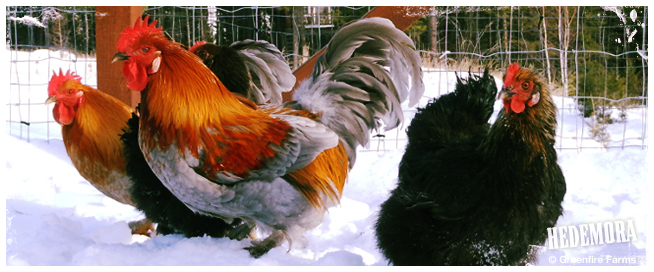An ultra-exotic and beautiful bird uniquely adapted to the cold.
| Item | 1+ | Quantity |
|---|---|---|
| Hedemora Day-Old Chick Unsexed | 29.00 | |
| Hedemora Eggs | 8.00 | Sold Out |
Of all the hundreds of chicken breeds in the world, the Hedemora represent what may be the most radical adaptation of the species to a specialized (and punishing) environment. Remember that modern chickens were bred from wild jungle fowl about 8,000 years ago. Jungle fowl are endemic to the tropical jungles of India, a very hot and humid environment. By contrast, Hedemora is a small town in northern Sweden that by latitude lies north of Anchorage, Alaska. As you might imagine, Hedemora is a cold, dry environment, both figuratively and literally the polar opposite of the jungles from which chickens emerged. But, along with 7,000 hardy souls, in defiance of the odds, there in Hedemora you will find a remarkable race of chickens.
Several hundred years ago chickens were introduced to Hedemora, and since that time the birds have adapted in remarkable ways to their frigid environment. Their bodies are relatively small (although not bantam size) to retain heat, their skin is often black to maximize solar gain, their combs and wattles are small to avoid frostbite, and most remarkably their feathers have evolved to have a fur-like texture that better insulates their bodies against the cruel winter winds. This group of chickens that emerged from Hedemora eventually became sufficiently uniform to qualify as a landrace and eventually were named after their city of origin.
Greenfire Farms is the first and only importer of the Hedemora chicken, and when we imported them we were immediately struck by the strange beauty of this rare breed. Their feathers had colors we had never seen; blends of salmon pinks and soft lavenders were common. We fell in love with the Hedemora and are confident you will as well.
Appearance and Behavior
As mentioned earlier, the Hedemora have varied appearances but what we see the most are birds with lavender plumage or black or brown with gold colored plumage, with or without feathers on their legs, and sometimes will have black skin but not always. The roosters will reach a mature weight of about 5 to 6 pounds and the hens about 4 pounds. In terms of egg production, they are decent. They normally lay about 150 small to medium, cream-colored eggs per year on average. The hens are moderately broody so you can hatch chicks naturally. However, it's important to mention that not every hen in our flock has gone broody so whether or not you can hatch naturally will depend on the hen's instinct that you have. We recommend having an incubator available if you plan to hatch them.
The Hedemora chicken is typically docile but active. We have had good results with a rooster-to-hen ratio of about 1:10. They do well in an enclosed coop but will also do well if let out to free range. The birds seem to pay attention to their surroundings and the roosters are normally attentive to the hens. We haven't had a human-aggressive rooster during our time raising them on our farm.
Hatching Eggs
We incubate at 99.5F and 55% humidity. From the eggs we place into our hatcher, we typically see about an 80% hatch rate. The chicks normally hatch well and on time, so on day 21. When the chicks hatch you will notice that you see a variation in color and appearance of the chicks, from black fluff to lavender fluff, feathered legs to clean legs, and fibro (black) skin as well as non-fibro skin. If you plan to hatch this landrace with other chicken breeds, be mindful of their varied appearances.
Notes
Our flock produces mostly flat feathered birds and very few wooly birds. We are working to improve this so we see more wooly offspring. But until we can improve this, you should expect that most or all of the chicks you receive will grow out to develop flat feathers and not wooly feathers.
Several hundred years ago chickens were introduced to Hedemora, and since that time the birds have adapted in remarkable ways to their frigid environment. Their bodies are relatively small (although not bantam size) to retain heat, their skin is often black to maximize solar gain, their combs and wattles are small to avoid frostbite, and most remarkably their feathers have evolved to have a fur-like texture that better insulates their bodies against the cruel winter winds. This group of chickens that emerged from Hedemora eventually became sufficiently uniform to qualify as a landrace and eventually were named after their city of origin.
Greenfire Farms is the first and only importer of the Hedemora chicken, and when we imported them we were immediately struck by the strange beauty of this rare breed. Their feathers had colors we had never seen; blends of salmon pinks and soft lavenders were common. We fell in love with the Hedemora and are confident you will as well.
Appearance and Behavior
As mentioned earlier, the Hedemora have varied appearances but what we see the most are birds with lavender plumage or black or brown with gold colored plumage, with or without feathers on their legs, and sometimes will have black skin but not always. The roosters will reach a mature weight of about 5 to 6 pounds and the hens about 4 pounds. In terms of egg production, they are decent. They normally lay about 150 small to medium, cream-colored eggs per year on average. The hens are moderately broody so you can hatch chicks naturally. However, it's important to mention that not every hen in our flock has gone broody so whether or not you can hatch naturally will depend on the hen's instinct that you have. We recommend having an incubator available if you plan to hatch them.
The Hedemora chicken is typically docile but active. We have had good results with a rooster-to-hen ratio of about 1:10. They do well in an enclosed coop but will also do well if let out to free range. The birds seem to pay attention to their surroundings and the roosters are normally attentive to the hens. We haven't had a human-aggressive rooster during our time raising them on our farm.
Hatching Eggs
We incubate at 99.5F and 55% humidity. From the eggs we place into our hatcher, we typically see about an 80% hatch rate. The chicks normally hatch well and on time, so on day 21. When the chicks hatch you will notice that you see a variation in color and appearance of the chicks, from black fluff to lavender fluff, feathered legs to clean legs, and fibro (black) skin as well as non-fibro skin. If you plan to hatch this landrace with other chicken breeds, be mindful of their varied appearances.
Notes
Our flock produces mostly flat feathered birds and very few wooly birds. We are working to improve this so we see more wooly offspring. But until we can improve this, you should expect that most or all of the chicks you receive will grow out to develop flat feathers and not wooly feathers.
| Egg Color | tinted |
| Egg Size | Small to Medium |
| Average number of eggs per year | 150 |
| Gamefowl | no |
| Country of Origin | Sweden |
| Cold tolerant | yes |
| Landrace | Yes |
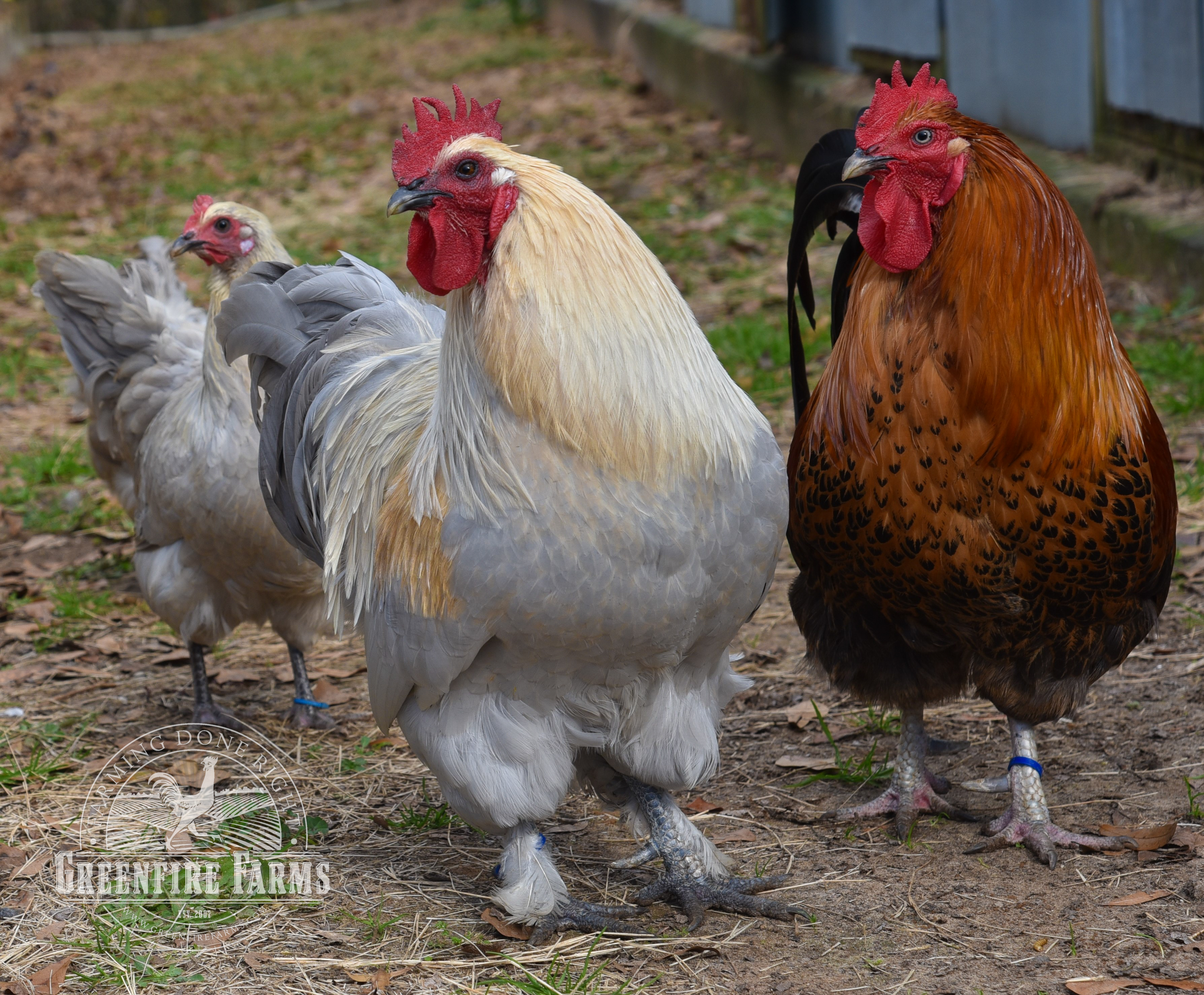

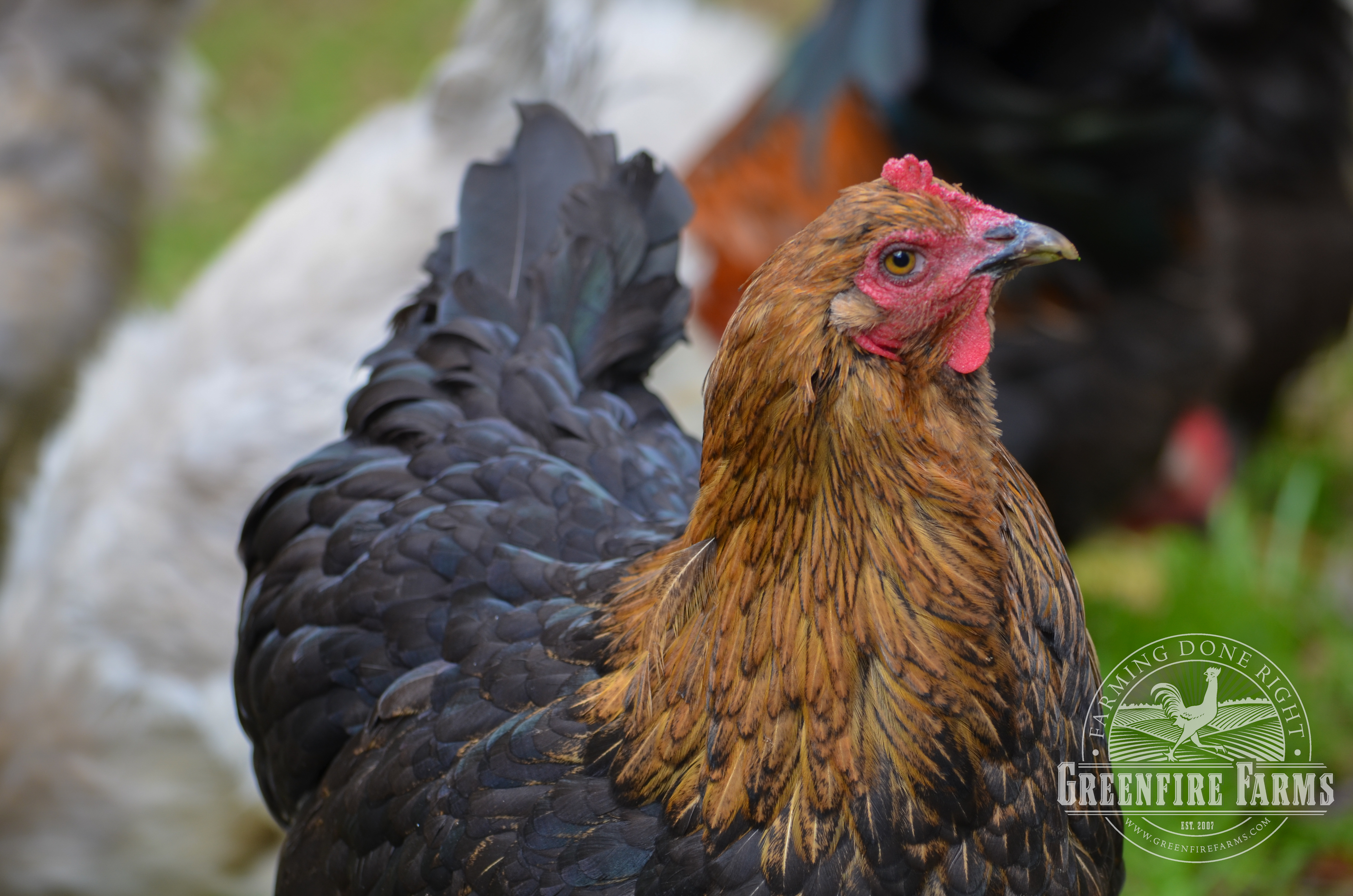
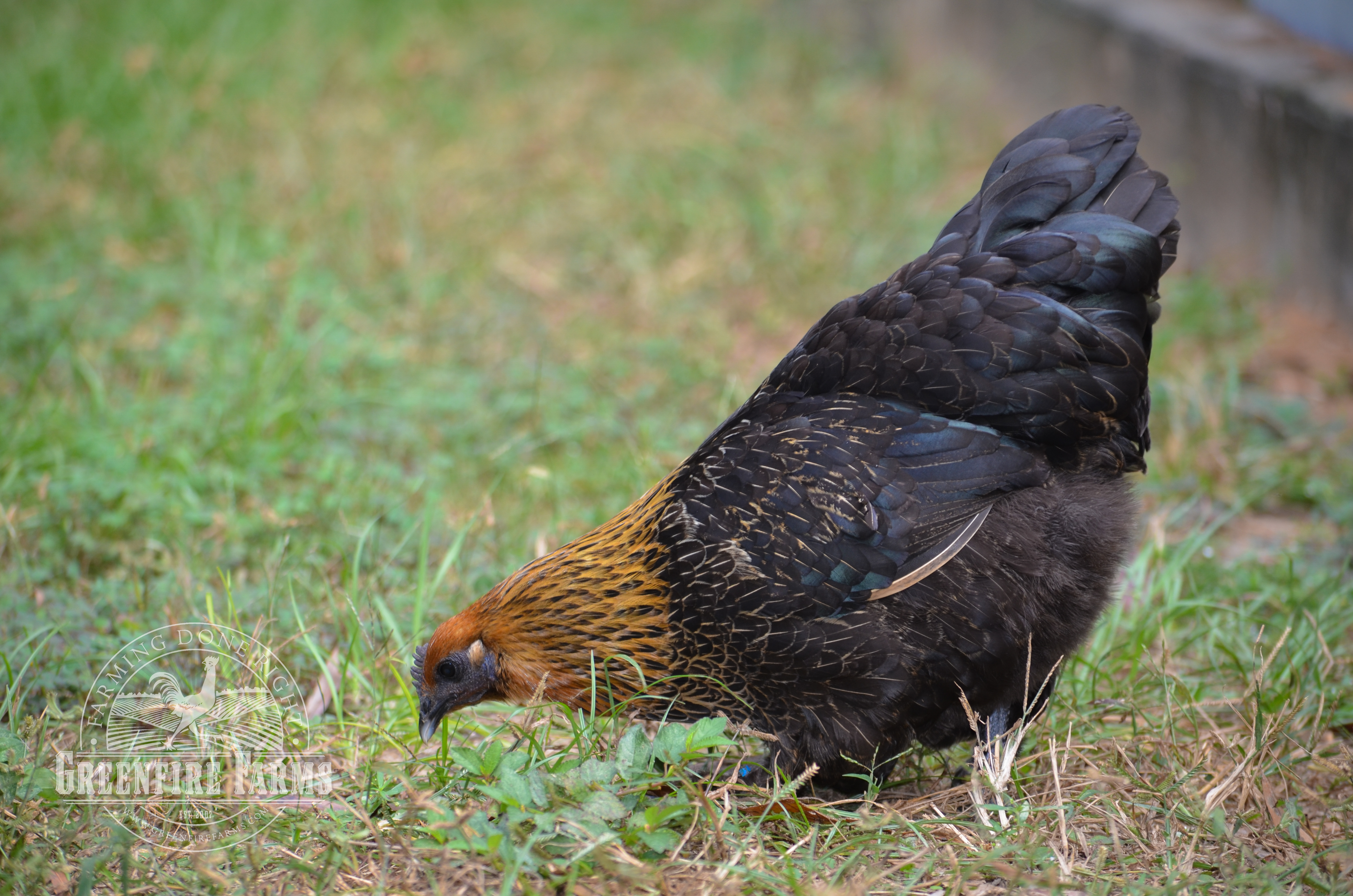
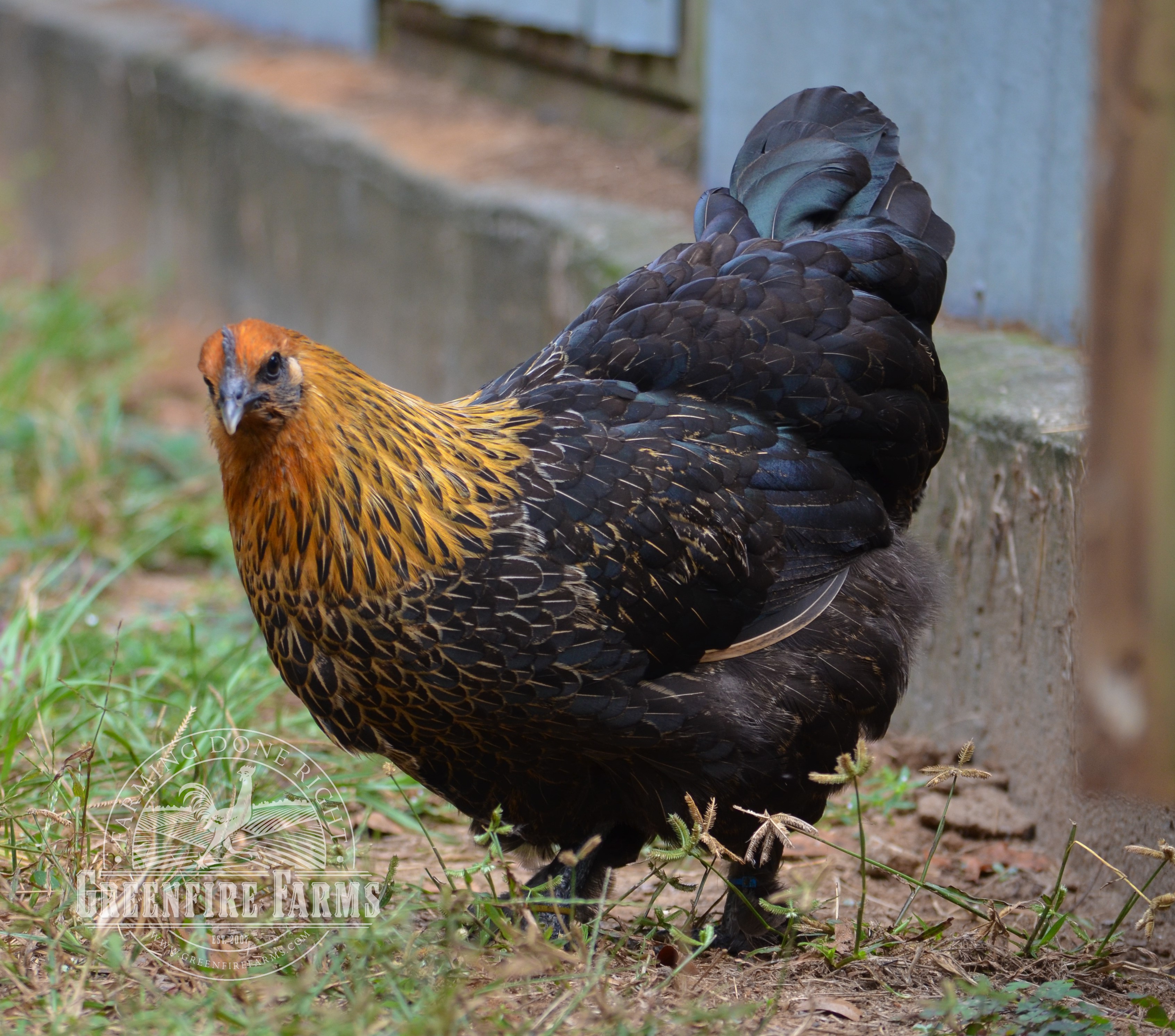
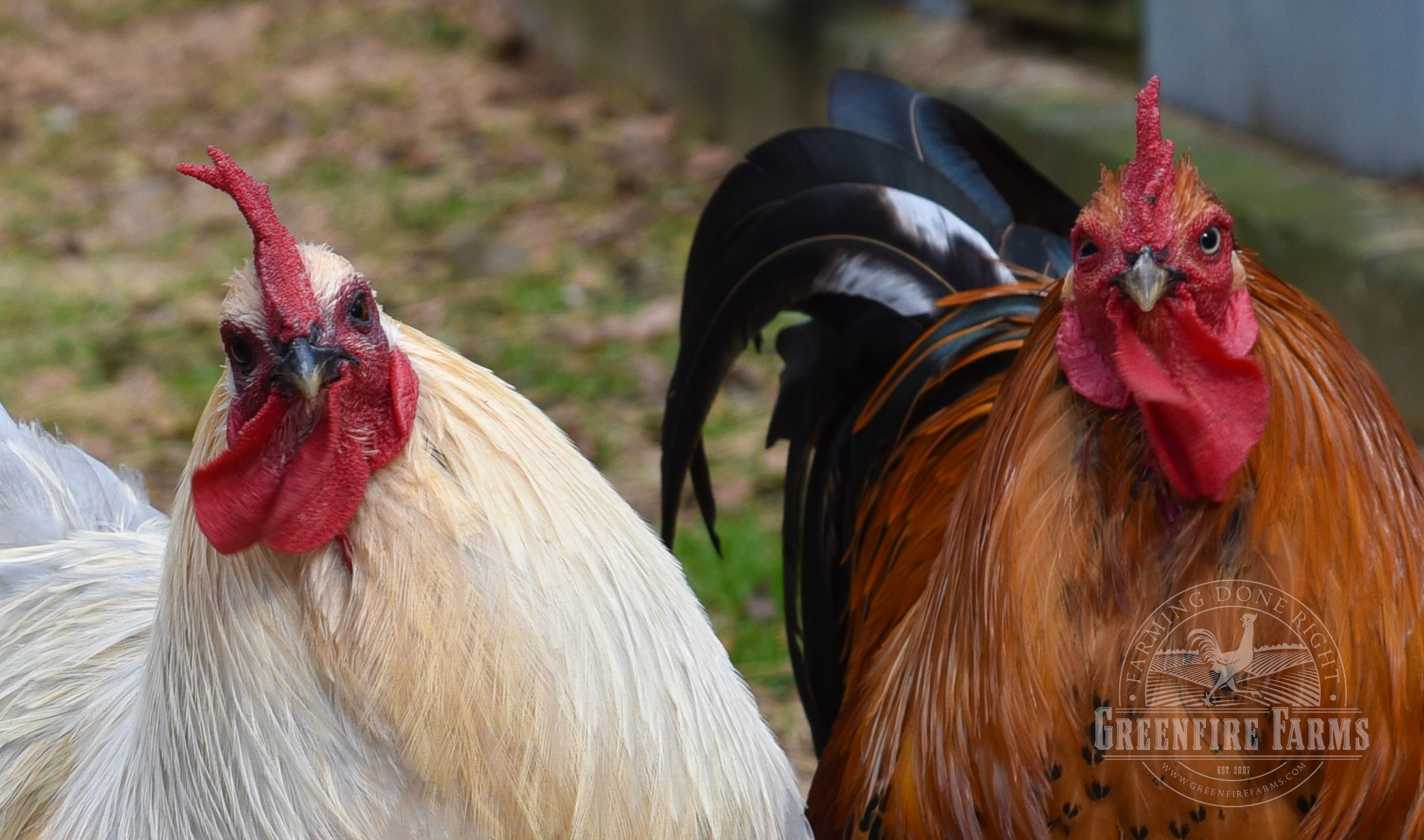
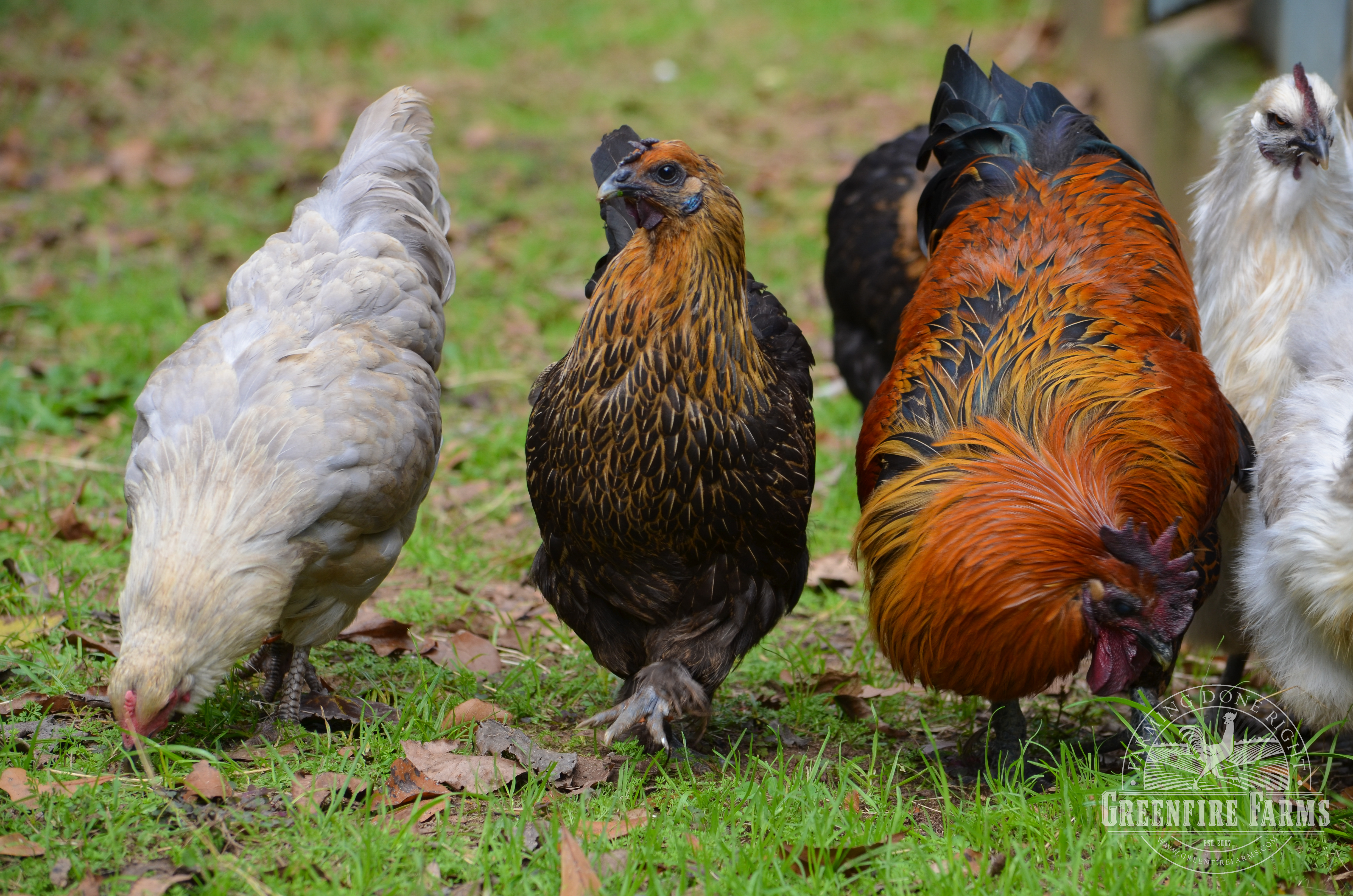
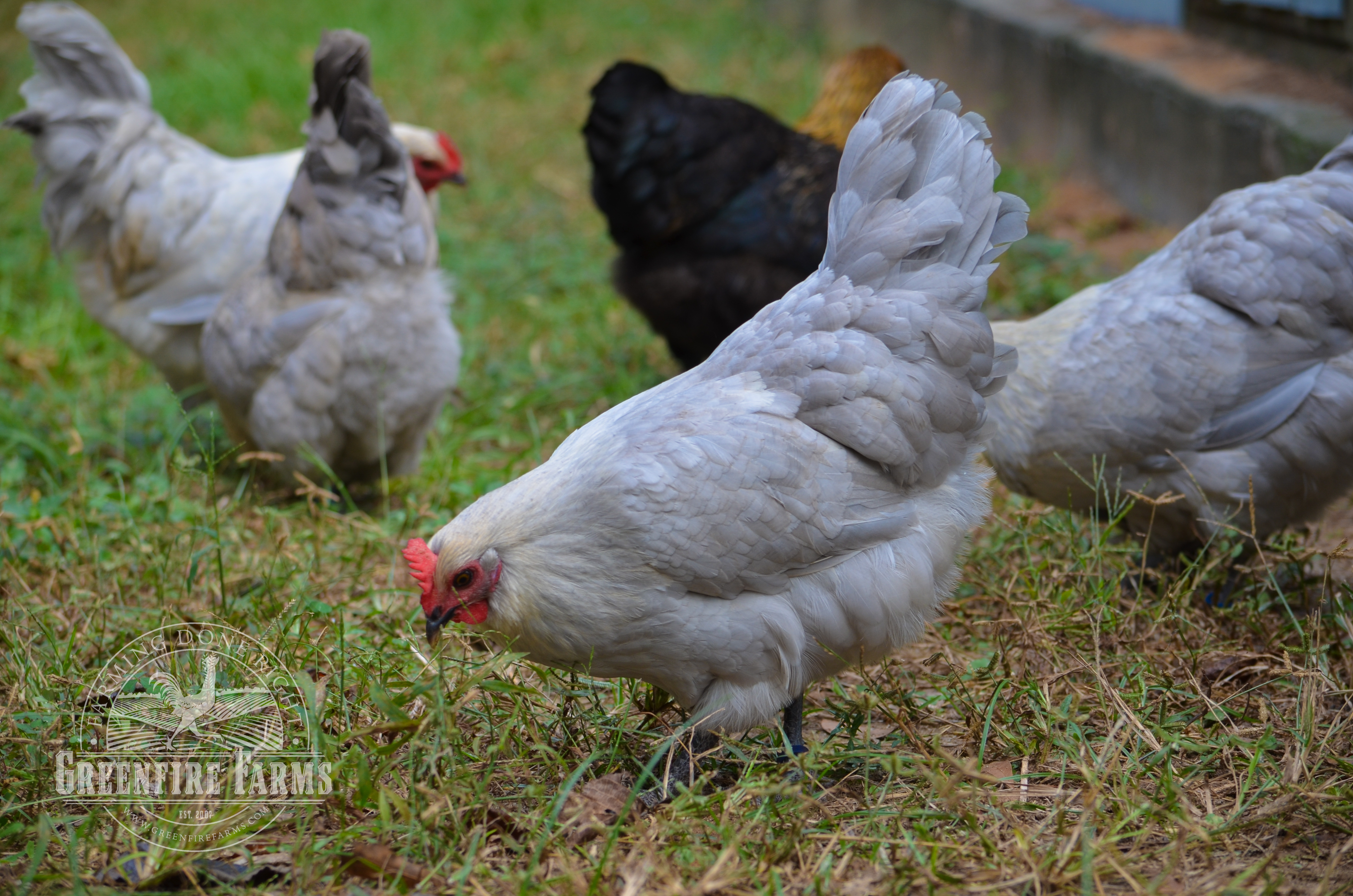
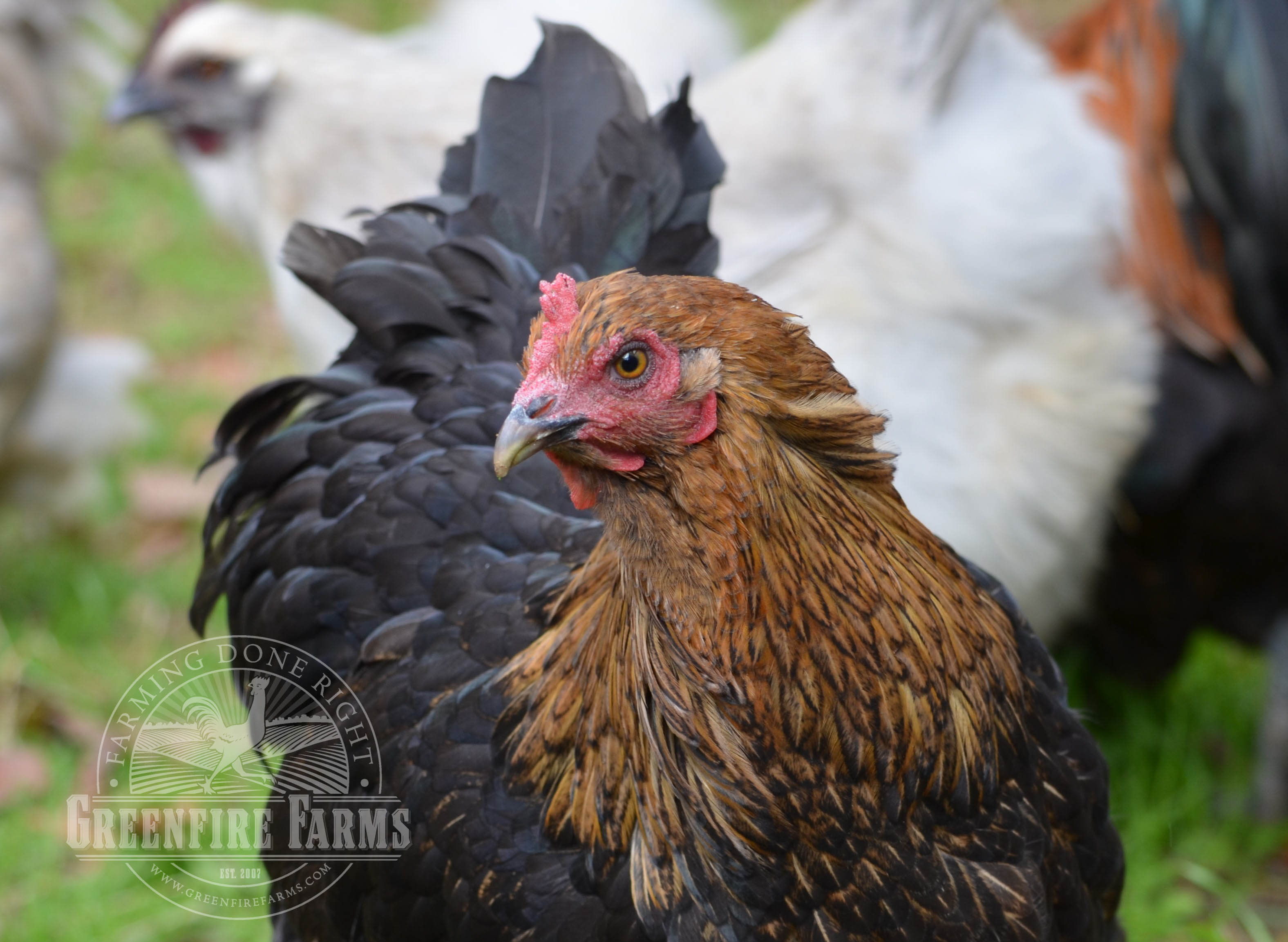
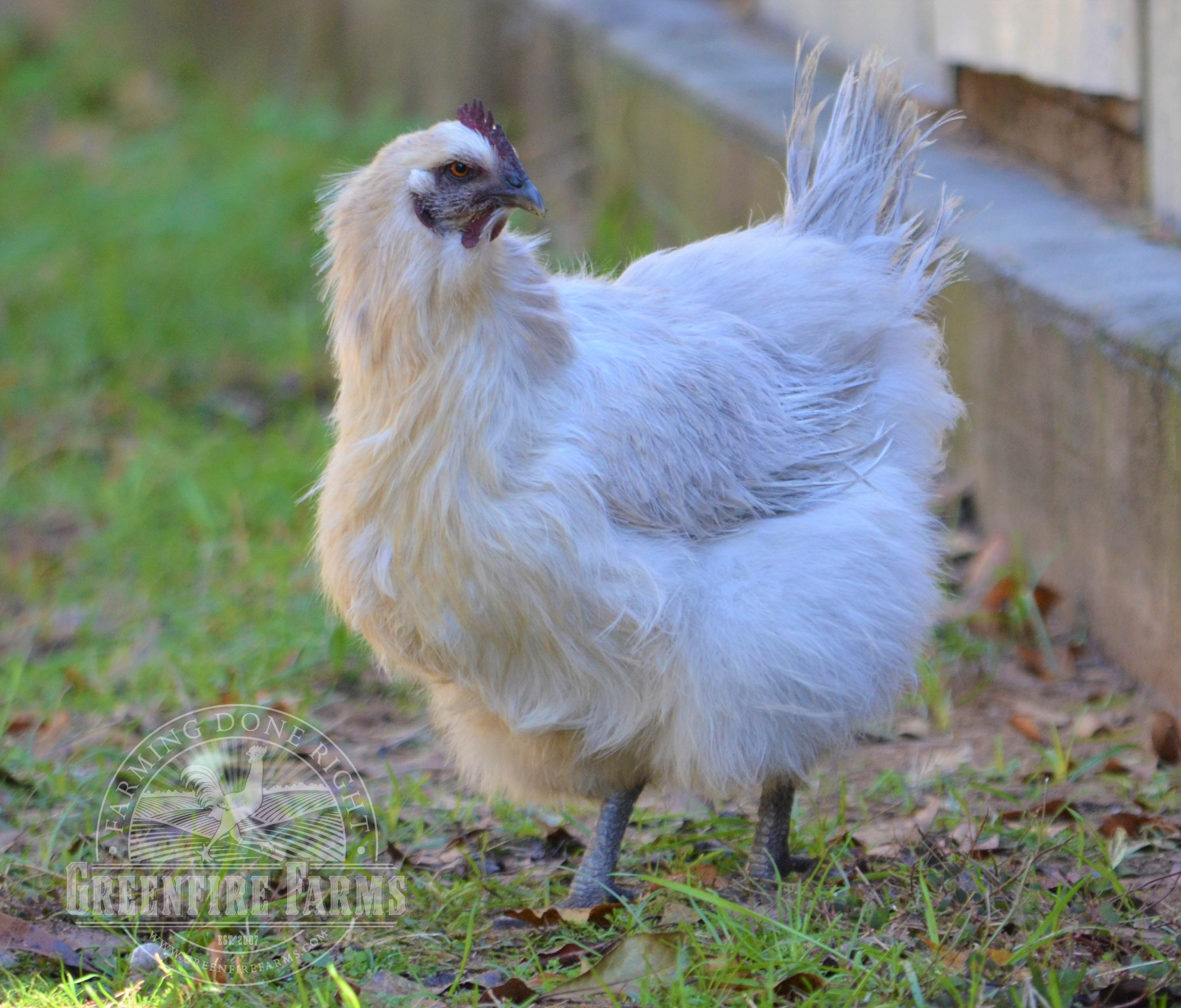
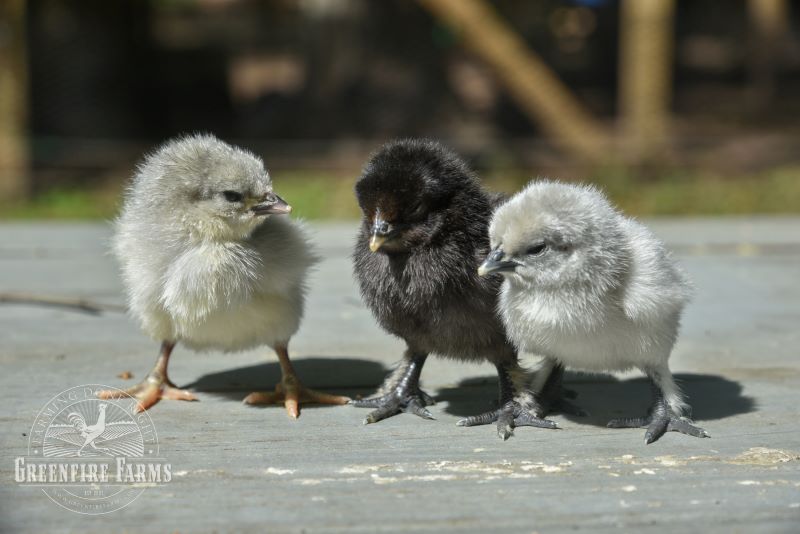
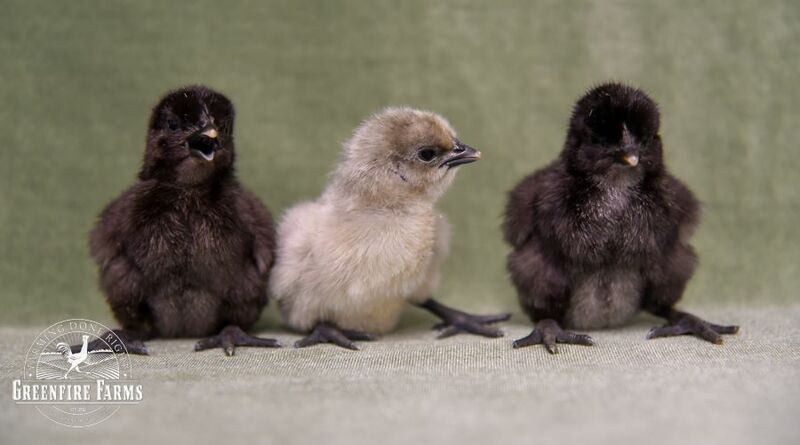
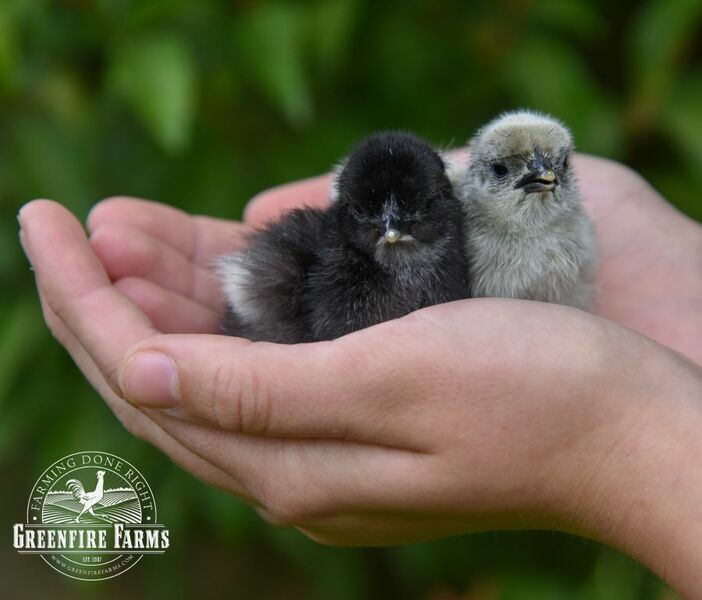
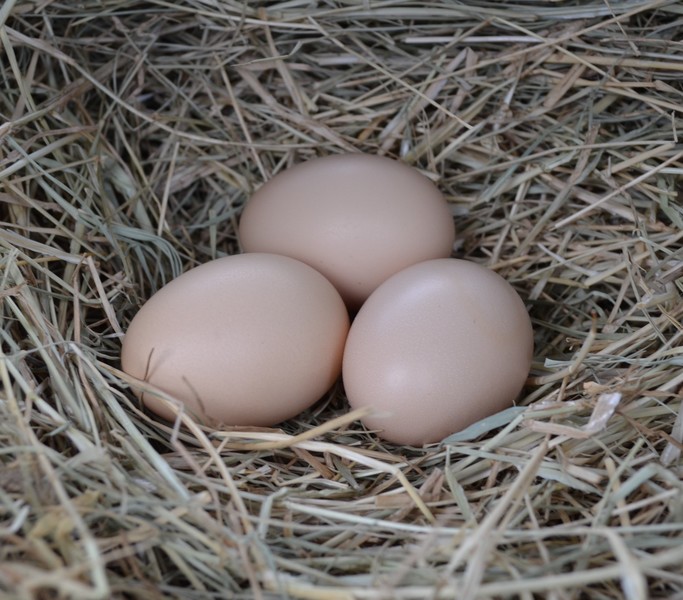

 Cart:
Cart: 

